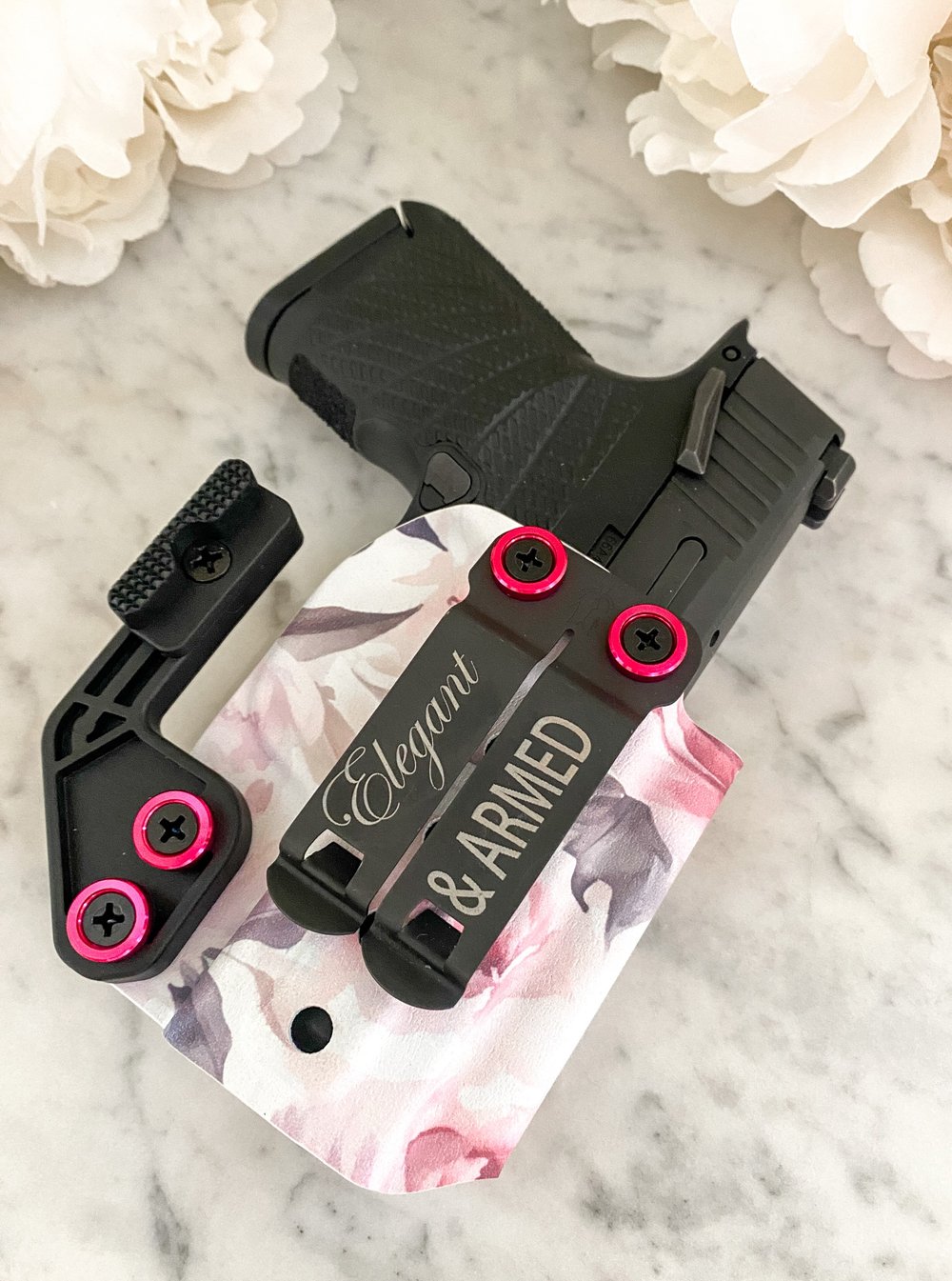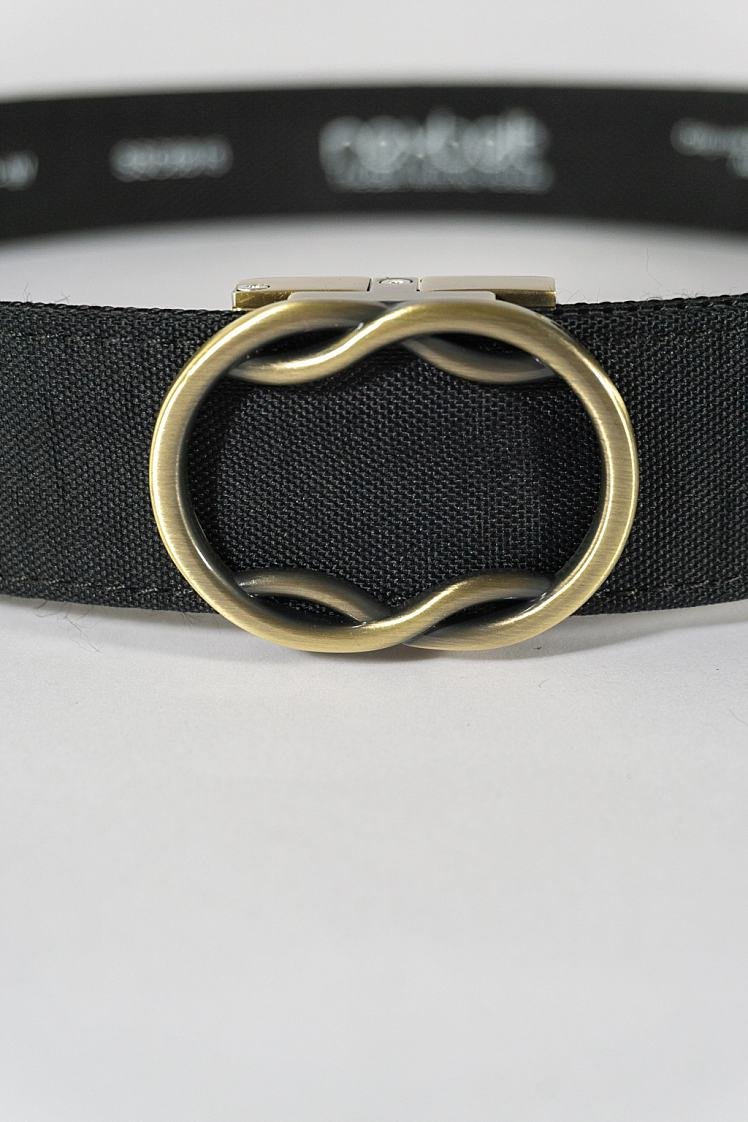Should You Use A Gun Safety
Share
Table of Contents:
Some people claim you should never use a manual safety, but others say it’s silly not to! So what’s the truth?
Let’s first clarify, a “safety” is a mechanism used to help prevent the accidental discharge of a firearm. While many guns have extra precautions built inside, the type I’m talking about is an “external” or “manual” safety, which requires action from the user to turn it on and off.
Should I use one?

I recently purchased a SIG P365, and had to decide whether to get one with or without a manual safety. I’m happy with my decision to get the safety. However, the choice wasn’t made lightly. Below are the things I took into consideration.
Arguments against:
Armed encounters can develop very quickly, often with no warning. In these circumstances the speed at which you can present your gun will likely determine your survival. The fastest and most reliable response comes from a simple, uncomplicated sequence… draw, aim (maybe just point), and pull the trigger.
Because of this, many people promote NOT using an external safety… at all… ever. In a moment when the brain is pumped with adrenaline, the additional step of switching off a safety, at best, increases the time it takes to fire, and at worst, results in forgetting and pulling on a frozen trigger.
Of course, if you carry without a manual safety, loaded and cocked, your firearm must ALWAYS have a hard cover over the trigger. When out of the holster your only safety is control of your trigger finger. Re-holstering should be done with extreme care.
My Experience
A few years ago, I took a firearm training class from trainer, Chris Cerino. Chris told us to make a decision as to whether we’ll use the safety or not, but ALWAYS practice the same way when drawing the gun. In that moment, I decided I would use my safety (even though I had never practiced with it). When a little stress was added during target drills, I completely forgot about the safety. When the gun didn’t fire I thought it had malfunctioned. I saw the effects of stress first-hand, and a very small amount at that! I’m convinced that unless removing the safety is built into muscle memory, I’ll forget this step.

Left: Sig P365 without manual safety | Right: Sig P365 with manual safety
Arguments For:
I know some people find it unnerving to carry a loaded firearm on their body. If you’re not yet comfortable carrying a gun, the additional precaution can be reassuring and a great tool for building confidence.
Plus, it adds a layer of precaution where your holster may not.
For example, to successfully conceal my firearm with certain clothing styles, I often use a “soft holster” such as a belly band made of thick elastic. In some cases, I can add a hard trigger cover to these soft holsters but that’s not always the case. Because I believe it’s important to consistently carry your gun in the same state of readiness, I wanted to make the decision - to either always, or never use the safety.
Without a hard trigger cover, a soft holster does require more precaution. Two safeguards I’ve tried include, 1) carrying WITHOUT a bullet in the chamber OR 2) using the manual safety.
Of those options, I believe it’s faster to turn off the safety than it is to pull back the slide and chamber a bullet.
Whether you should use a safety or not comes down to your preparation.
Remember, if you decide to use a safety make sure you train your body to turn it off every time you pick up or draw the gun. Muscle memory is what we want here!
Also know, a manual safety doesn’t automatically keep you safe. The tool provides an extra layer of precaution, but you must handle the gun with care and follow the four rules of gun safety.
1. Treat every gun as though it’s loaded.
2. Never point a gun at anything you’re not willing to destroy.
3. Keep your finger off the trigger until you’re ready to fire.
4. Be sure of your target and what is beyond it.
Safety starts with you!
“Chime-In!”
Do you use a manual safety? Why or why not? Comment below!





